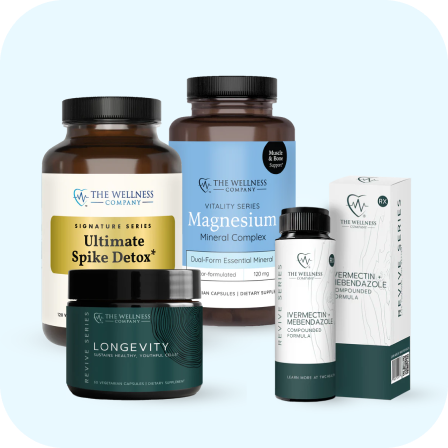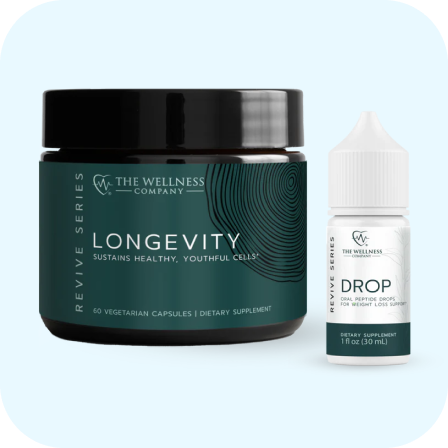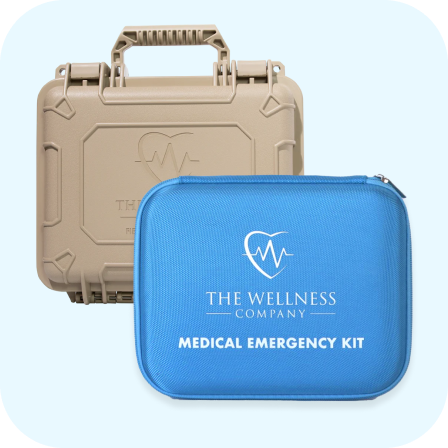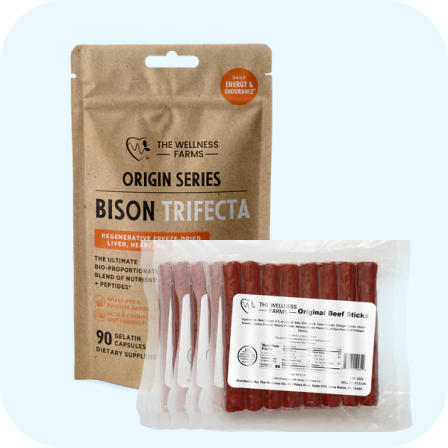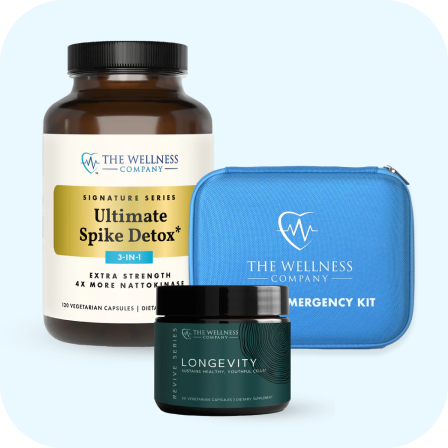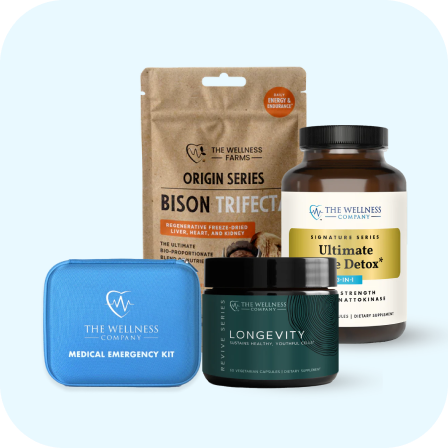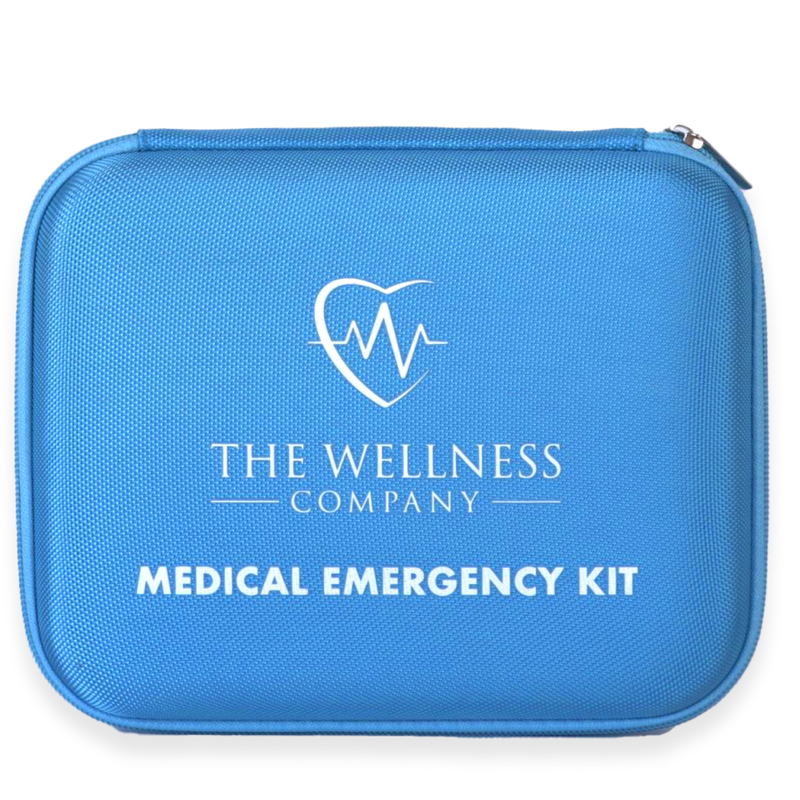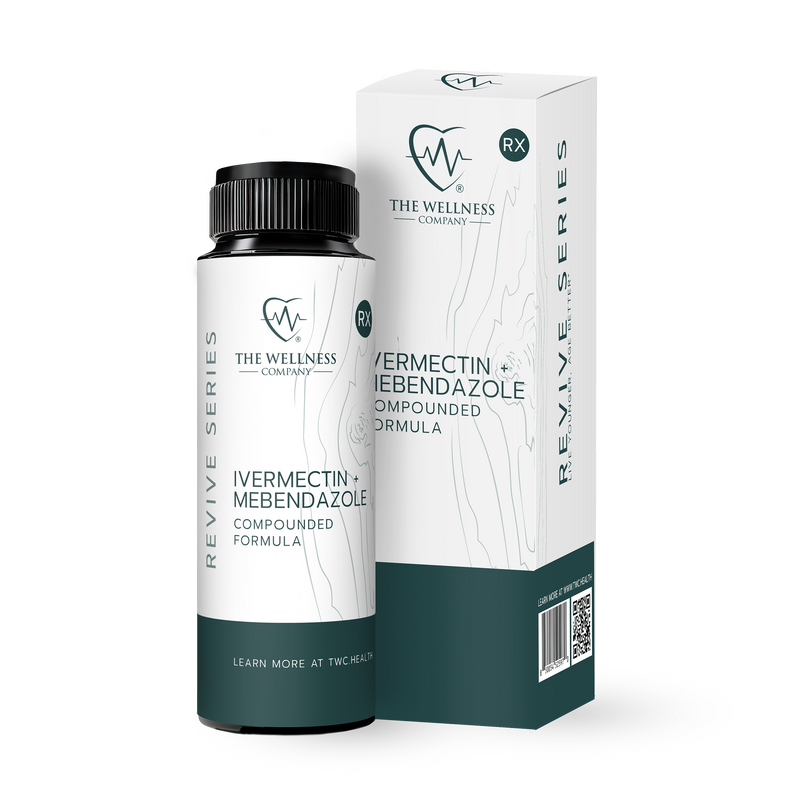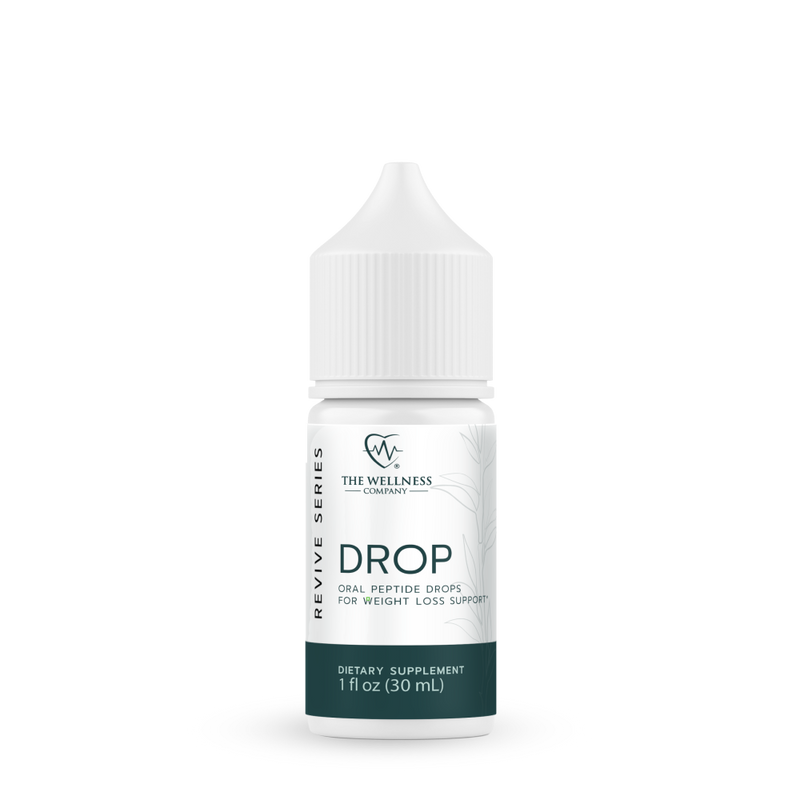How to Reduce Excess Inflammation in the Body
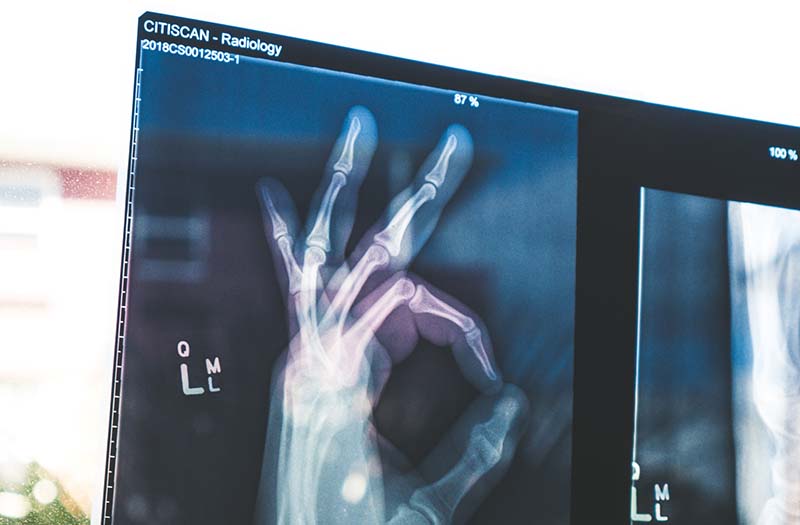
Inflammation refers to the process by which our body responds to stressors in order to restore homeostasis (balance) [1]. This stress can take many forms, such as physical injury, exposure to environmental toxins, an autoimmune disorder, or oxidative stress and mitochondrial dysfunction.
In terms of time course, there are two broad categories of inflammation:
Acute inflammation: A short-lived response, in which the body releases inflammatory molecules when confronted with a stressor.
Chronic inflammation: A prolonged inflammatory response, sustained for a period of months to years. Chronic inflammation can affect almost all tissues of the body, including joints, nerves, and the gut lining.
The Inflammation Epidemic
A recent study estimates that nearly 60% of Americans suffer from chronic inflammatory conditions [2], the most common of which are diabetes, cardiovascular disease, arthritis, COPD, and allergies.
Causes of Inflammation
There are various causes of inflammation:
- Chronic stress
- Alcohol
- High body mass index
- Sleep Disorders
- Smoking
- Autoimmune disorders
- Infection
- Exposure to toxic chemicals
- Genetics
How to Reduce Inflammation
Stress management: Psychological stress is a significant contributor to inflammation in the body. Because stress is impossible to eliminate completely, finding ways to manage it is critical. If you feel this plays a big role for you, look into our 4-step stress management guide.
Reduce alcohol consumption: Alcohol causes inflammation [3]. Consider low alcohol or no alcohol options in place of alcoholic beverages. If you're finding it difficult to cut back or stop, consult professional help.
Exercise: While easier said than done, finding the motivation to move more often is crucial to fighting inflammation [4]. Starting small with a short ten-minute walk or a few extra trips up the stairs is a great way to sneak in some exercise. Investing in a Fitbit or similar device can help keep you on track. What gets measured gets managed!
Diet: An anti-inflammatory diet may also assist in addressing inflammation. Avoiding or minimizing processed foods such as candy, fried and packaged foods, processed meats and cheeses, and sugary beverages [5] as well as plants from the nightshade family may be helpful. Foods that can be added to the diet to help reduce inflammation include omega-3-rich food such as cold-water fish, eggs, flaxseed oil, avocados, and walnuts [6]. Additional foods include green leafy vegetables, beets, broccoli, blueberries, bone broth, turmeric, and ginger.
Stop smoking: If you're a smoker, curbing your habit is probably the single most effective means by which you can lower levels of inflammation in the body [7].
Consider supplementation: Several supplements can help reduce inflammation.
- Curcumin [8]
- Alpha lipoic acid [9]
- Omega 3 [10]
- N acetyl cysteine [11]
References
[1] Antonelli, M., & Kushner, I. (2017). It's time to redefine inflammation. The FASEB Journal, 31(5), 1787-1791.
[2] Pahwa, R., Goyal, A., & Jialal, I. (2021). Chronic inflammation. StatPearls [Internet].
[3] Bishehsari, F., Magno, E., Swanson, G., Desai, V., Voigt, R. M., Forsyth, C. B., & Keshavarzian, A. (2017). Alcohol and gut-derived inflammation. Alcohol research: current reviews, 38(2), 163.
[4] You, T., & Nicklas, B. J. (2006). Chronic inflammation: role of adipose tissue and modulation by weight loss. Current diabetes reviews, 2(1), 29-37.
[5] Snelson, M., Tan, S. M., Clarke, R. E., De Pasquale, C., Thallas-Bonke, V., Nguyen, T. V., ... & Coughlan, M. T. (2021). Processed foods drive intestinal barrier permeability and microvascular diseases. Science advances, 7(14), eabe4841.
[6] Calder, P. C. (2017). Omega-3 fatty acids and inflammatory processes: from molecules to man. Biochemical Society Transactions, 45(5), 1105-1115.
[7] Lao, X. Q., Jiang, C. Q., Zhang, W. S., Adab, P., Lam, T. H., Cheng, K. K., & Thomas, G. N. (2009). Smoking, smoking cessation and inflammatory markers in older Chinese men: The Guangzhou Biobank Cohort Study. Atherosclerosis, 203(1), 304-310.
[8] Pulido-Moran, M., & Moreno-Fernandez, J. (2016). Ramirez-Tortosa Mc. Curcumin and Health. Molecules, 21, 264.
[9] Moura, F., de Andrade, K., Farias dos Santos, J., & Fonseca Goulart, M. (2015). Lipoic Acid: Its Antioxidant and Anti-Inflammatory Role and Clinical Applications. Current Topics in Medicinal Chemistry, 15(5), 458–483. https://doi.org/10.2174/1568026615666150114161358
[10] Calder, P. C. (2017). Omega-3 fatty acids and inflammatory processes: from molecules to man. Biochemical Society Transactions, 45(5), 1105–1115. https://doi.org/10.1042/bst20160474
[11] Pei, Y., Liu, H., Yang, Y., Yang, Y., Jiao, Y., Tay, F. R., & Chen, J. (2018). Biological Activities and Potential Oral Applications of N-Acetylcysteine: Progress and Prospects. Oxidative Medicine and Cellular Longevity, 2018, 1–14. https://doi.org/10.1155/2018/2835787







